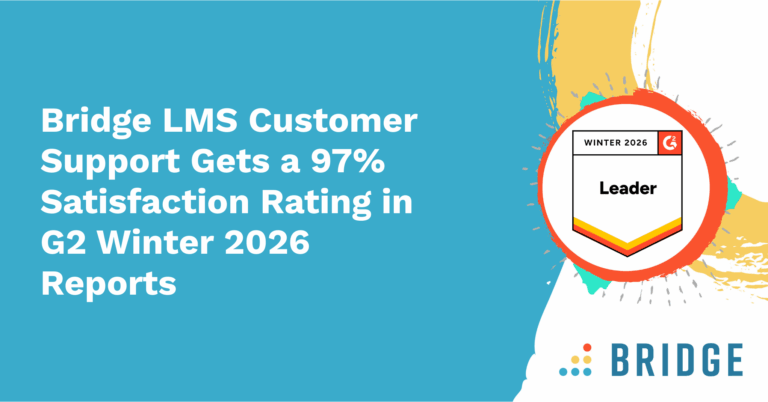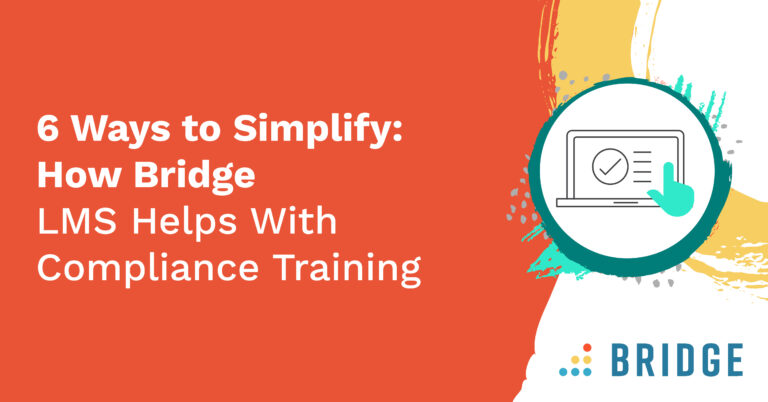In today’s uncertain world, building company resilience is more important than ever. However, it’s important to acknowledge those factors within your company that are actively working against employee resilience. Common organizational practices can unwittingly be some of the biggest barriers to change, and addressing these issues is an important first step.
Employee Disengagement and Its Impact on Organizational Resilience
Employee disengagement is one of the biggest factors working against resilience. ADP’s 2020 Global Workplace Study found a positive correlation between resilience and engagement. Employees who were more engaged were also more likely to be more resilient.
A low level of engagement isn’t only a current problem for companies but also a growing one. Research has found that just 20% of employees worldwide are actively engaged in their work. It’s both an important and immediate issue, and one with detrimental effects.
Disengagement has the potential to seep into every facet of your organization: from your profits, to how employees interact with customers. Where employees are disengaged, they’re less productive and likely to take twice as many sick days. They’re also not likely to stay with your company for the long haul, as 55% of businesses believe that stronger engagement would improve their ability to retain their employees. As so much of an organization’s success hinges on engagement, it should be a top priority.
RELATED READING FOR YOU | ‘3 Reasons to Build a More Resilient Organization and Combat Workplace Stress’
How to Build Organizational Resilience Through Personal Connection With Your Employees
Fighting disengagement requires recognition and acceptance of the problem and taking proactive steps to resolve it. The greatest weapon in your armory in the battle for resilience is building a strong relationship with your workforce, as this is one of the most powerful ways to tackle employee disengagement.
Employees can feel isolated from both management and fellow workers but there are a number of ways that this can be combated. One crucial step is to ensure that managers have meaningful conversations with employees. This means making sure that interactions such as one-on-ones aren’t just a box-ticking exercise. By genuinely listening to employees’ concerns and being willing to act upon those concerns, it’s possible to take impactful steps to tackle sources of stress in the workplace.
That’s only half the battle though. It’s also important to nurture a sense of community in the workplace and ensure that employees are not isolated from each other. This is even more important in this current age of remote and hybrid working. Employees should feel part of a team and feel that they’re valued within that team. Closer connections with your people are important too, if employees feel like they have friends in the workplace, they’re more likely to produce better work so as to not let those friends down. They’re also more likely to discuss their concerns and any issues they have with their roles with their peers and get advice and support in return.
Building that sense of teamwork and comradeship in your workplace is building a strong foundation for your business. Our ebook, ‘5 Factors That Fuel a Resilient Workforce’, explores more simple ways to build organizational resilience.
Here are some of the ways to build a personal connection and make your employees feel valued:
MORE TO EXPLORE | ‘3 Ways to Measure Employee Engagement’
1. Give Employees Freedom
Your employees have amazing talents—you saw that during the hiring process and that’s why you brought them on board. Now you need to give them the freedom to use those talents to do the role to the best of their ability. If you make it difficult for them to do their jobs, you won’t be getting the best out of them.
2. Be Fair
Employees want to be treated fairly, and that means allowing them to voice their opinions on issues within the company. It also means that you should clearly explain any decisions that are taken so they can appreciate the rationale. An employee who feels that their views are unimportant or that they’re subject to nonsensical directives is an employee who will quickly become disengaged.
3. Allow Employees to Grow
Employees want to embrace their roles, learn from them, and grow as their career develops. This enthusiasm should be nurtured and opportunities for growth offered.
4. Recognize Employee Achievement
You need to recognize the achievements of your employees and that means having a conversation with them about how they want that recognition to be marked. Whatever form it takes, recognition is important for employees and may drive their happiness and productivity.
5. Ensure Employees’ Emotional Safety
It’s a given that you have rules in place to ensure physical safety in the workplace—but what about emotional safety? Employees don’t thrive in a toxic working environment. If the workplace is rife with gossip and backbiting then it won’t be an environment in which people are doing their best work. Managers need to be aware of issues like this in the workplace and take swift action to ensure that it does not continue.
YOU MIGHT ALSO LIKE | ‘Putting People First: Why Creating an Employee-First Culture Matters’
Discover More Ways to Build Organizational Resilience
Building a resilient organization doesn’t have to be complicated. Find more steps to helping your workforce overcome challenges in our ebook ‘5 Factors That Fuel a Resilient Workforce’.
Find out how Bridge can make your 1:1s meaningful and productive with Bridge LMS



